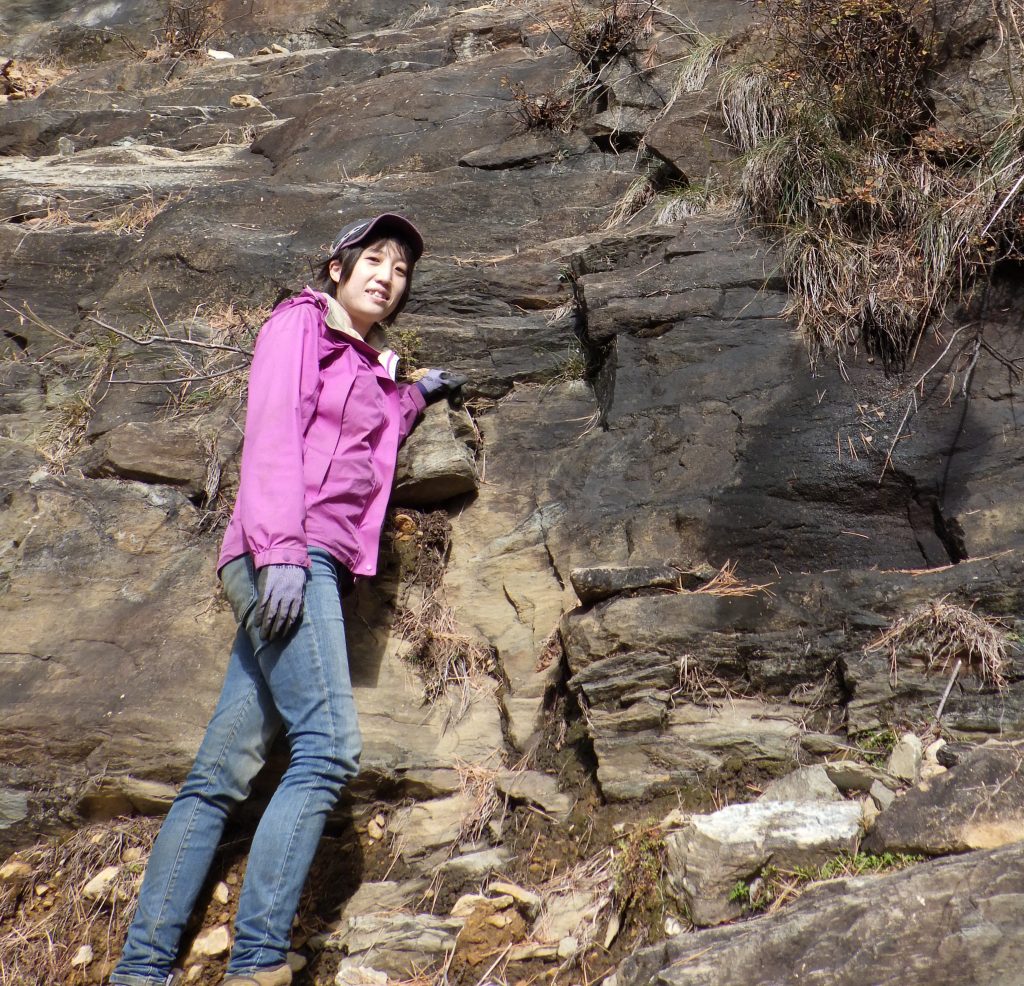Messages from minerals that transcend time and space
※The content is current at the time of writing.
Considering the environment and systems of the Earth’s interior from minerals
Research Overview
The earth is made of minerals. When minerals are gathered together, they form rocks, from which mountains and continents are formed. Minerals travel around the earth over a long period of time, changing to the most stable mineral combination and state at any given time. There are only a few places and times on Earth where we can actually observe them. However, by studying the minerals in all these places and knowing what journeys they have made, we can learn about the environment and systems within the Earth. I am particularly interested in minerals that are formed by reactions with fluids, and among them I am studying a mineral called serpentinite. Serpentinite, which is mainly composed of serpentinite, is formed when olivine, which makes up the mantle, reacts with hydrothermal fluids, and is widely distributed throughout the Earth, including subduction zones and ocean ridges. Serpentinite is also a unique mineral with a variety of crystal structures, but the conditions for the formation of each type of serpentinite are not clear. By elucidating the properties of serpentinite and serpentinites, we are trying to understand the reactions and cycles of fluids and minerals in the Earth’s interior that cannot be seen directly.
Research Features
We go to the field to observe rocks and minerals in the field, and analyze the samples we bring back to the laboratory. I mainly analyze the crystal structures, chemical compositions, microstructures, and coexistence relationships to determine the formation processes and environments in which the rocks were formed, and to estimate the geological events that took place in the entire region. My field of mineralogy, descriptive mineralogy, deals with nature, so it is impossible to make a perfect research plan in advance. Careful preliminary research and appropriate on-the-spot decisions are necessary to determine where to observe, what to bring back, and what kind of analysis to perform on the samples. In particular, field surveys are a race against time due to time restrictions such as sunset. In addition to natural samples, we sometimes conduct synthetic experiments to determine what minerals are formed under what conditions.
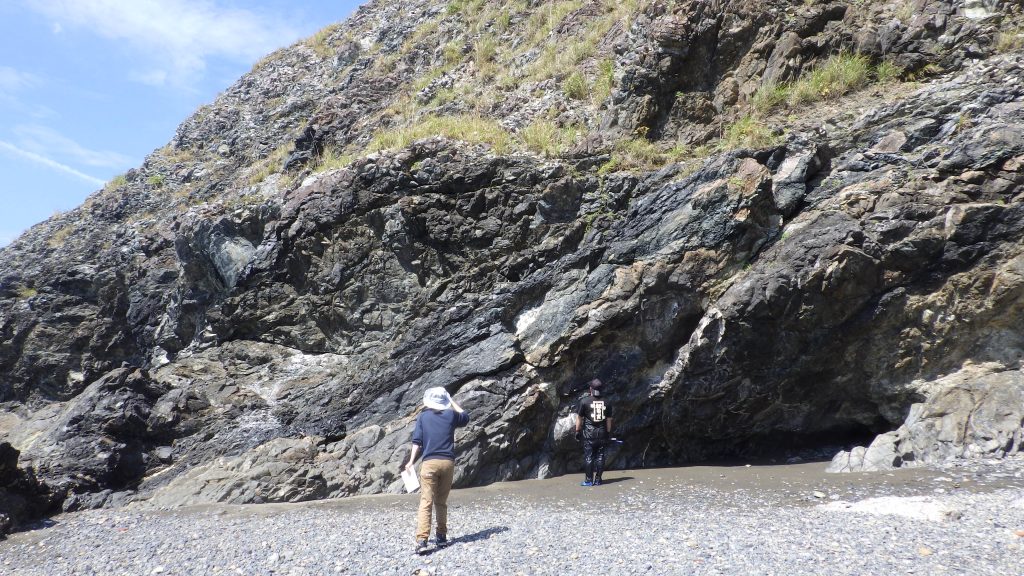
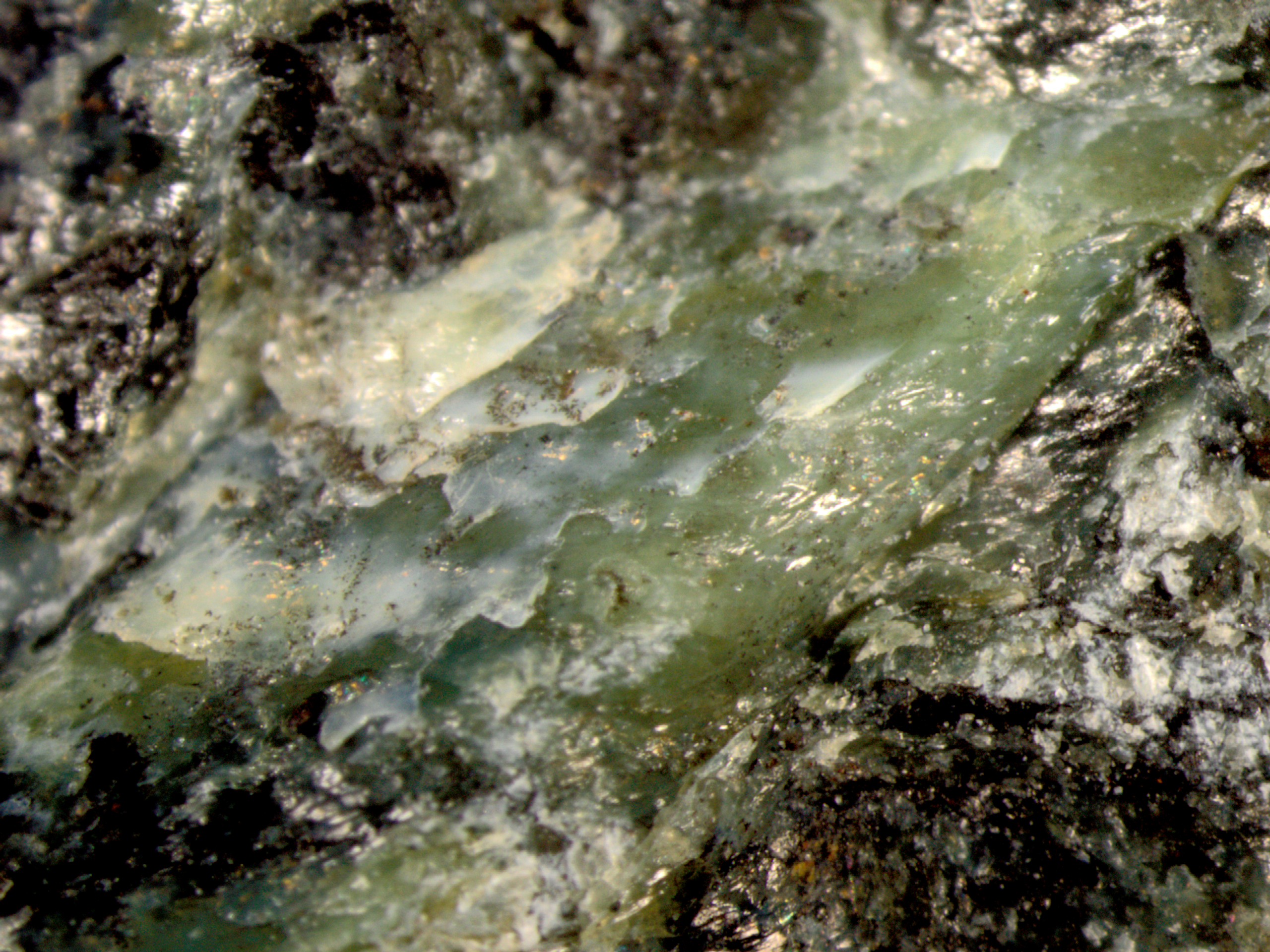
Research Attraction
When people hear about minerals, they tend to focus only on how beautiful they look, but the record of place and time that minerals have is also one of their unique characteristics. Minerals formed by reactions with fluids, which are the subject of my research, are often multi-step and heterogeneous reactions, so a single sample often contains many minerals and has a complex structure. I think the most fascinating part is the sense of accomplishment, like solving a mystery, when I clarify the characteristics of each site or sample from field research and analysis and find a common story that can explain the entire provenance based on the clues. I also compare the results of my research with those of other regions and experiments conducted by our predecessors, and challenge more general properties and production patterns, but it is very exciting when I come up with a hypothesis that can be explained from my data, including previous studies.
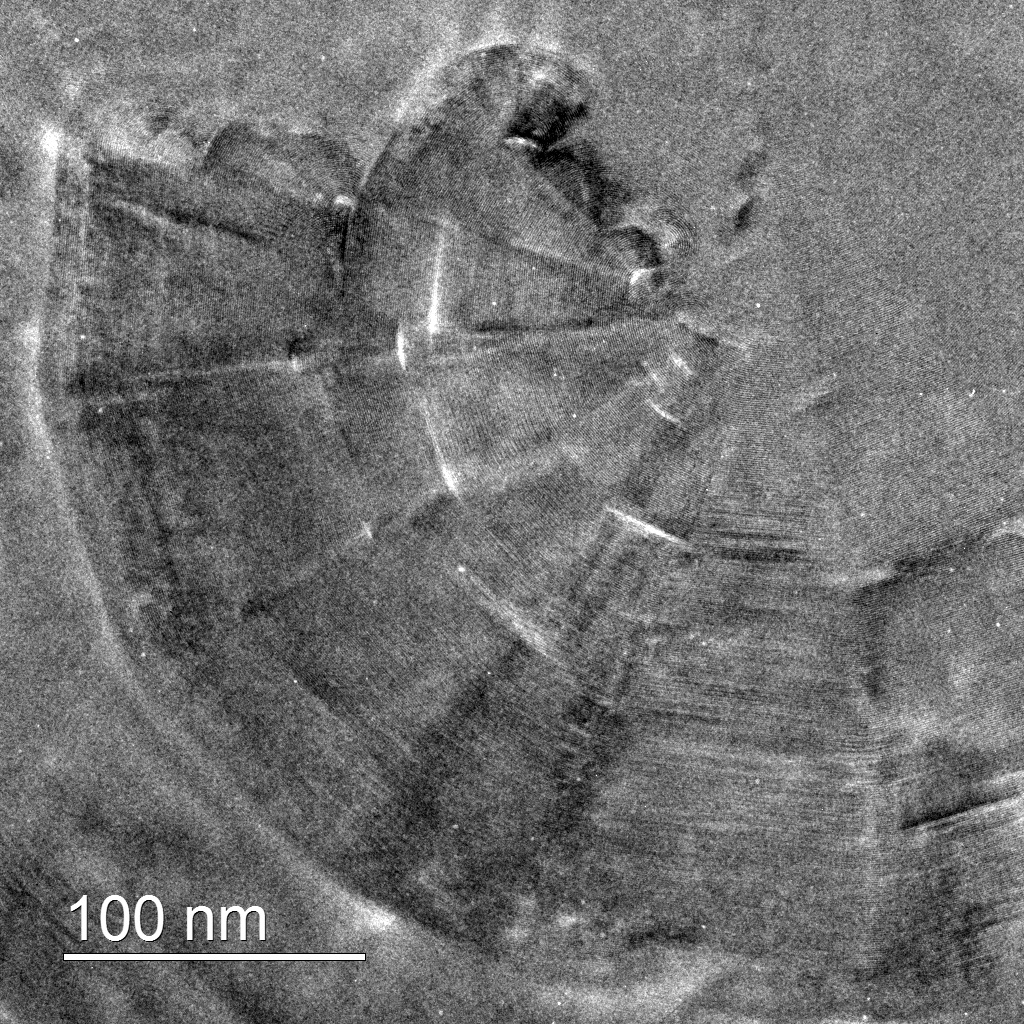
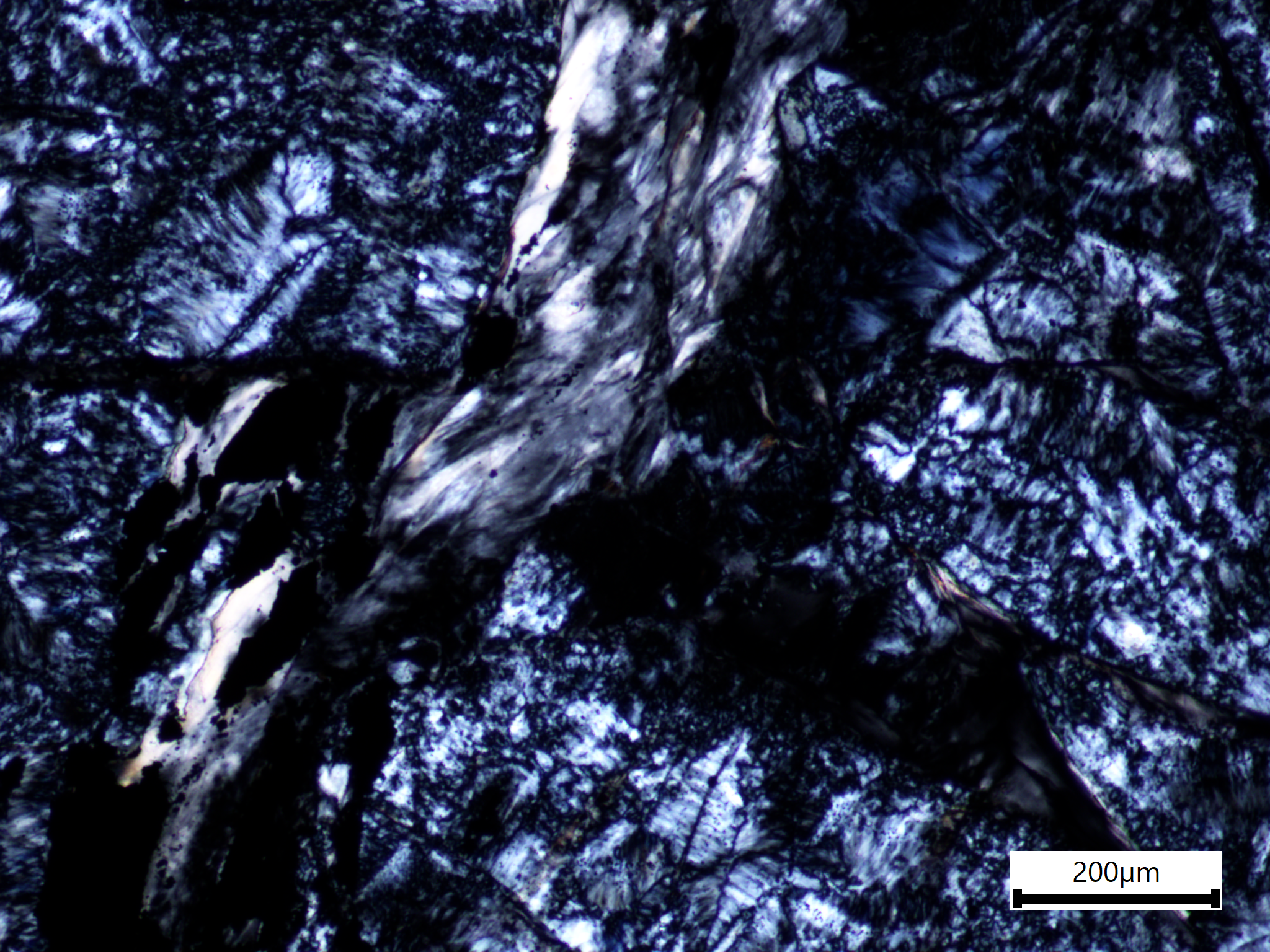
Future Outlook
Although serpentinite is widely distributed on the earth, considerable diversity is observed, which may reflect differences in the environment and geological background at the time of formation. The most abundant mineral in serpentinite is naturally serpentinite, but the relationship between the detailed crystal structure and occurrence is not well understood, partly because it is difficult to analyze. We would like to study serpentinite from various localities in Japan and abroad to determine the types of serpentinite contained in serpentinite and conduct synthesis experiments to elucidate the diversity of serpentinite and the conditions for its formation.
Message to those who are interested in this research
I hope that through my research, you will find that there is more to minerals than just their appearance. The way you see the world will change as you gain knowledge of the Earth’s structure and systems, the classification of rocks and minerals, and their formation sites. It is fun to understand why things you have seen before are the way they are. It takes patience and effort to acquire knowledge, whether in class or through self-study, but I encourage you to learn about the Earth and minerals, the most familiar research topics, and see the world in a new light.


